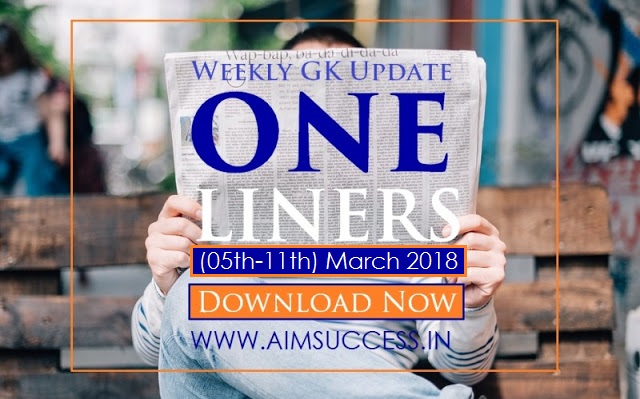Data Sufficiency for SBI PO/Clerk Mains : 27 July
Directions (Q. 1-5): Each of the questions below consists of a question and three statements numbered I, II and III given below it. You have to decide whether the data provided in the statements are sufficient to answer the question. Read all the three statements and give answer
1)if the data in statement I and II are sufficient to answer the question, while the data in statement III are not required to answer the question.
2)if the data in statement I and III are sufficient to answer the question, while the data in statement II are not required to answer the question.
3)if the data in statement II and III are sufficient to answer the question, while the data in statement I are not required to answer the question.
4)if the data in statement I alone or in statement II alone or in statement III alone are sufficient to answer the question.
5)if the data in all the statements I, II and III together are necessary to answer the question.
1.Among six persons Rahim, Ravi, Raja, Rakhi, Rani and Rohit, each lives on a different floor of six-storey building having its six floors numbered one to six (the ground floor is numbered I, the floor above it 2, and so on, and the topmost floor is numbered 6). Who lives on the topmost floor?
I. There is only one floor between the floors on which Raja and Ravi live. Rahim lives on an even-numbered floor.
II. Rani does not live on an even-numbered floor. Ravi lives on an even-numbered floor. Ravi does not live on the topmost floor.
III.Rakhi lives on an odd-numbered floor. There are two floors between the floors on which Rakhi and Rahim live. Rani lives on a floor immediately above Raja’s floor.
2.Are all the four friends, viz Amar, Arun, Ashish and Avinash, who are sitting around a circular table, facing the centre?
I.Arun sits to the right of Avinash. Avinash faces the centre. Ashish sits to the right of Arun and opposite Avinash.
II.Amar sits on the immediate left of Arun. Ashish is not an immediate neighbour of Amar. Ashish sits on the immediate right of Avinash.
III.Avinash is an immediate neighbour of both Amar and Ashish. Arun sits on the immediate left of Amar. Ashish sits on the immediate right of Arun.
3.How is ‘the’ coded in a code language?
I.‘the following information below’ is coded as ‘zo pi ko fe’ and ‘look beyond stores of’ is coded as ‘ga to ru ko’.
II.‘the given data goes’ is coded as ‘ba le fe me’ and ‘given in small business’ is coded as ‘yu si mi de’.
III.‘given big look stores’ is coded as ‘to mi ru hy’ and ‘big information required below’ is coded as ‘qu ko zo hy’.
4.Point A is in which direction with respect to point B?
I.Point D is to the west of point B. Point L is to the north of point B. Point A is to the south of point L.
II.Point M is to the south of point A. Point M is 4m from point B. Point A is 9m from point B.
III.Point D is to the west of point B. Point B is exactly midway between point D and C. Point O is to the south of Point C. Point A is to the west of point O.
5.There are six letters K, M, T, R, A and E. Is the word ‘MARKET’ formed after performing the following operations, using these six letter only?
I.E is placed fourth to the right of M. R is not placed immediately next to either M and E.
II.T is placed immediate next (either left or right) to E.
III.Both A and K are placed immediate next to R. The word does not begin with R. M is not placed immediate next to K.
Directions (Q. 6-9): Each of the questions below consists of a questions and three statements numbered I, II and III given below it. You have to decide whether the data provided in the statements are sufficient to answer the question. Read all three statements and give answer
1) if the data in statements I and II are sufficient to answer the question, while the data in statement III are not required to answer the question.
2) if the data in statement I and III are sufficient to answer the question, while the data in statement II are not required to answer the question.
3) if the data in statements II and III are sufficient to answer the question, while the data in statement I are not required to answer the question.
4) if the data in either statement I alone or statement II alone or statement III alone are sufficient to answer the question.
5) if the data in all the statements I, II and III together are necessary to answer the questions.
6.Out of five persons A, B, C, D and E, A is in which direction with respect to E?
I. A is to the west of D and to the south of C. C is to the west of E.
II. B is to the west of C and south-east of D, who is north of A. D is to the east of E.
III. E is to the south of D and north of B, who is west of A.
7.How is ‘candle’ coded in a code language?
I. ‘su de fi ge’ is the code for ‘blow candle off light’ and ‘ra se de pi’ is the code for ‘light should cut never’.
II. ‘pi fi ta du’ is the code for’ ‘you should call off’ and ‘ge ko mo tu’ is the code for ‘never blow your trumpet’.
III. ‘fi si de et’ is the code for ‘light always goes off’ and ‘ra fu se zu’ is the code for ‘cut never tree ever’.
8.Among eight friends A, B, C, D, E, F, G and H, all of them are sitting facing outward from the centre. Who is sitting second to the left of E?
I. A is two places away from E. H and G are sitting opposite each other. There is only one person sitting between D and E, who is a neighbour of F.
II. H is third to the left of A and is an immediate neighbour of D.
III. C and D sit immediate next to each other while F is opposite C, who in turn is three places away from A.
9.In a family of seven members, how is S related to V?
I. T and U are offspring of R, who is the wife of S.
II. Z, the cousin of W, is the niece of T.
III. V is the only brother-in-law of W.
Answers
- 3
- 4
- 1
- 2
- 5
- 4
- 1
- 5
- 5











